There has recently been a lot of confusion regarding the rules for FEI Eventing competitions, and whether they no longer permit the use of a plate link bit (French Link) for the dressage phase.
Eventing Riders Association International posted via their Facebook page that they had received confirmation from the FEI regarding the use of the French Link for Eventing Dressage. Their post reads –
“It is not allowed for the Dressage test. The 2020 Eventing Rules Annex A – Permitted Bits does not include any diagram with a “plate” section in the bit under “permitted mouthpieces”, therefore any bit with a “plate” is currently not allowed. All permitted bits for eventing Dressage are included in Annex A of the Eventing rules. If a bit is not included in this Annex, it means that is not allowed for Eventing Dressage. We would advise all FEI competitors to carefully consider Annex A of the Eventing Rules, to ensure they are fully informed as to which bits are and are not permitted.”
After reading this post we sought clarification from FEI Dressage on whether the French Link was permitted for use in FEI Dressage competitions; the FEI have confirmed that the French Link is permitted for use in dressage competition. British Dressage have also confirmed that this is the case for BD competition too.
This change in rules for FEI Eventing competitions actually took effect from January 2019, however the recent clarification by FEI Eventing has inspired a lot of talk about the merits and pit falls of the French Link and the Dr Bristol, as well the differences that a lozenge link has.
Dr Graham Cross, as part of Neue Schule The Academy, conducted research looking at how the angle of different mouthpieces changes under rein tension; we call this the working angle. The working angle looks at how the mouthpiece lies in the mouth once we have taken up a contact, often this is overlooked.
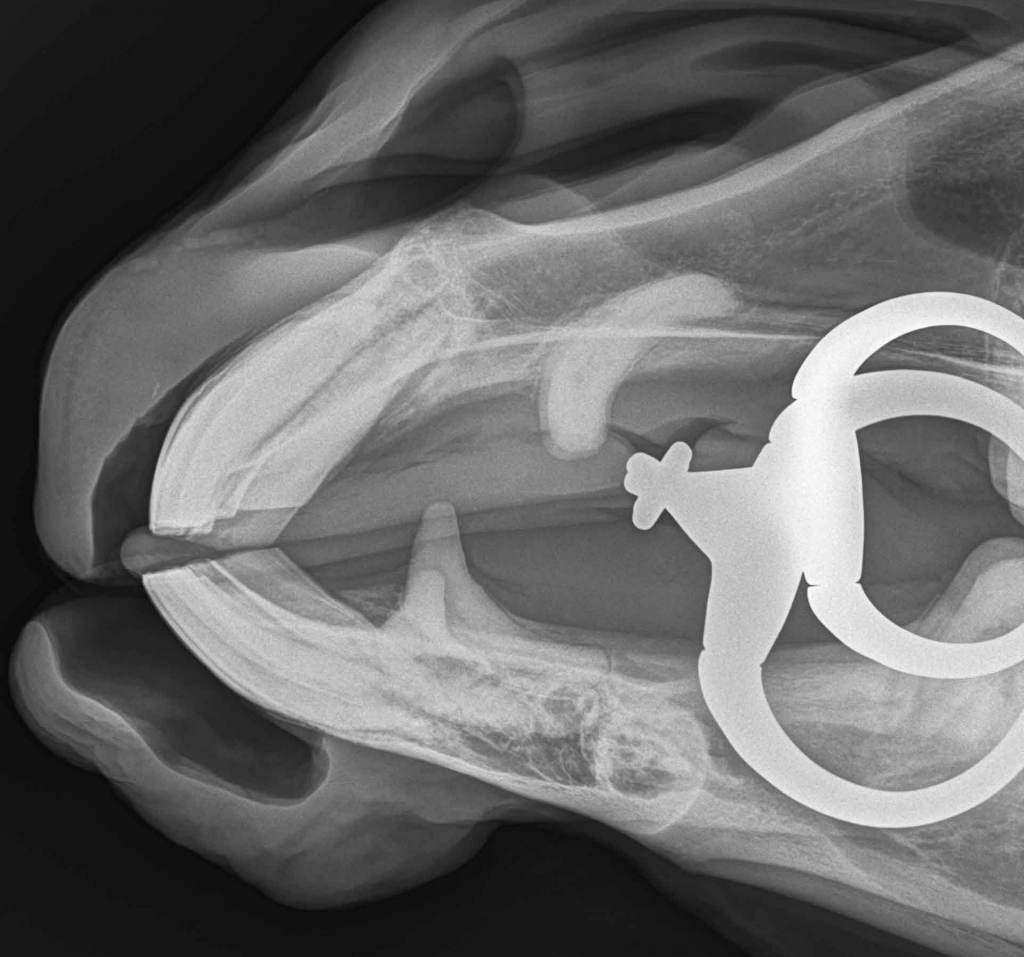
Figure 1 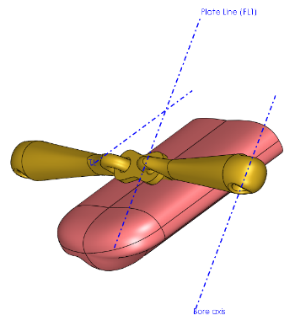
Figure 2 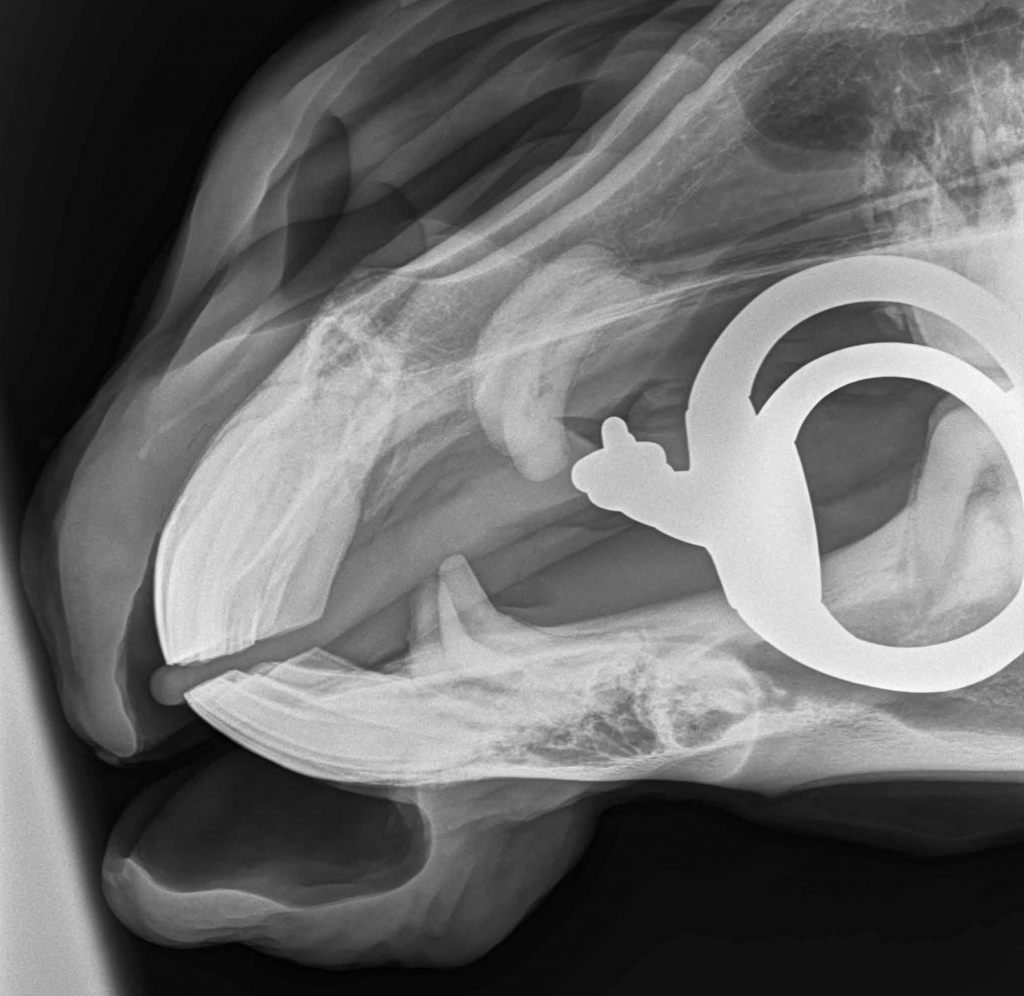
Figure 3
The research undertaken at The Academy found that a French Link loose ring lies flat in the mouth without rein contact, as we often see it, but under rein contact the mouthpiece rotates 45o clockwise, causing the thin edge of the plate to press down on to the tongue. The research also showed that in horses with a low palatine arch and a fleshy tongue, the upper thin edge of the link pushed up into the roof of the mouth. The x-ray image shown in Figure 1 (above) shows how the bit rotates under rein contact and the plate of the bit pushes down on to the tongue. Figure 2 (above) shows a computer-generated image of the rotation of the bit under rein contact.
One common misconception regarding plate links is that the French Link is a much kinder mouthpiece than the Dr Bristol. However, when a Dr Bristol is correctly fitted in the mouth the plate should lie flat on the tongue, as the cannons have been twisted 45o. Although, the loops of the bit do still press on to the tongue. Figure 3 (above) shows that the plate is not pressing into the tongue as with the x-ray of the French link. Figure 4 (below) also shows how the Dr Bristol sits under rein contact, note that it is the loops that press on the tongue rather than the plate.
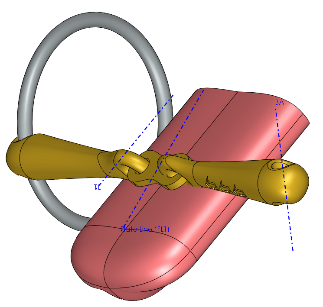
The Neue Schule Team Up is an ergonomically modernised French Link design, however it has a lozenge rather than a plate link. The key difference between the Team Up and the French Link is that the link is thicker and rounded, eliminating the issue of a thin edge pressing down onto the tongue. Figure 5 shows the Team Up, note that the link is more rounded offering a wider contact area, proving to be more comfortable in the horse’s mouth.
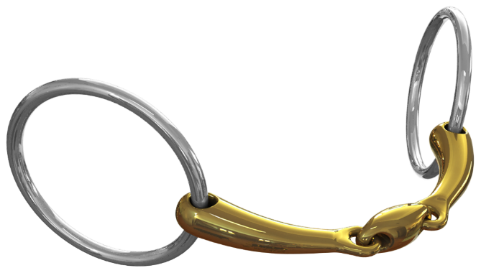
Bits with a lozenge link will remain legal for the dressage phase of FEI eventing, due to the rounded edges of the lozenge providing a larger surface area, thus creating a more even weight bearing surface. The rounded surface of the lozenge ensures that there is no thin edge pressing down on to the tongue.
The Neue Schule Turtle range has been designed with careful consideration of the working angle, to ensure that once rein contact has been taken up the entire mouthpiece, including the lozenge and the loops, lies flat on the tongue. To do this, we have rotated the bore axis to account for the tongue angle, the profile of the mouthpiece has been designed so that under rein contact the bit rotates and comes into the desired alignment. Figure 6 shows how the Turtle Top (middle bit), and the Turtle Tactio (bottom bit) have an ergonomic profile that puts the bit in the desired alignment under rein contact.
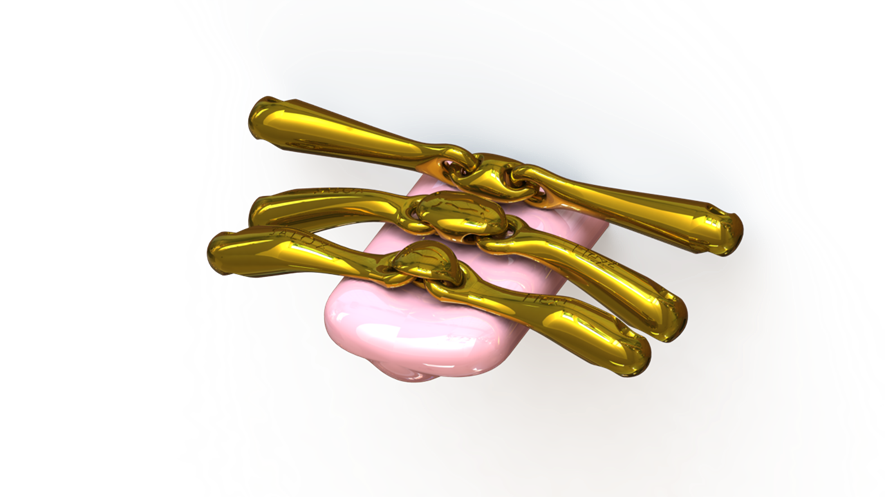
If you would like to keep up to date regarding rule changes, new designs and our exciting competitions sign up to our newsletter.